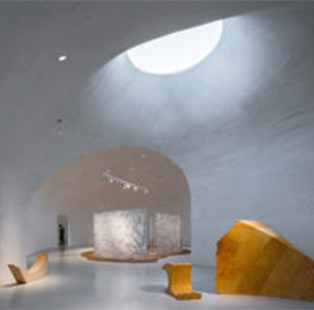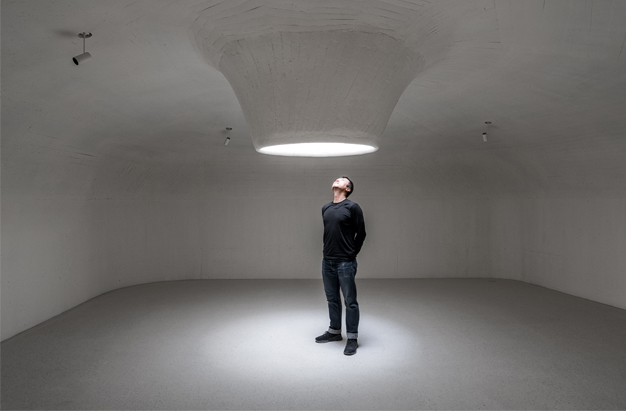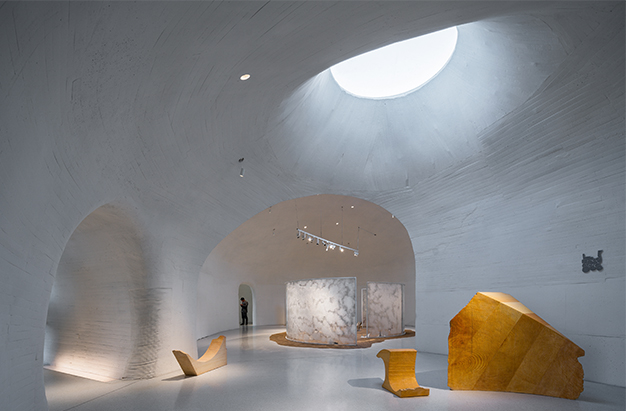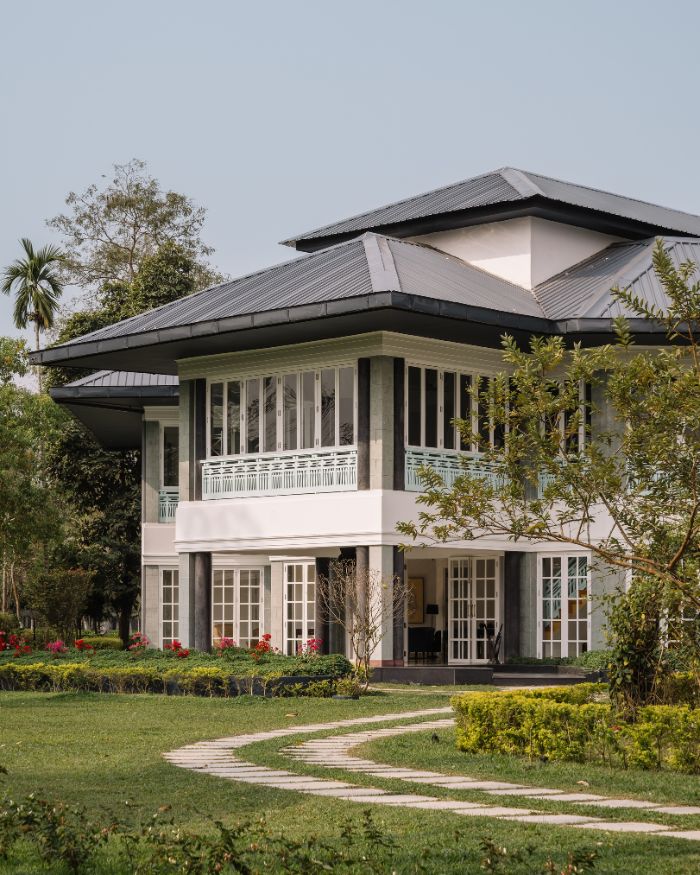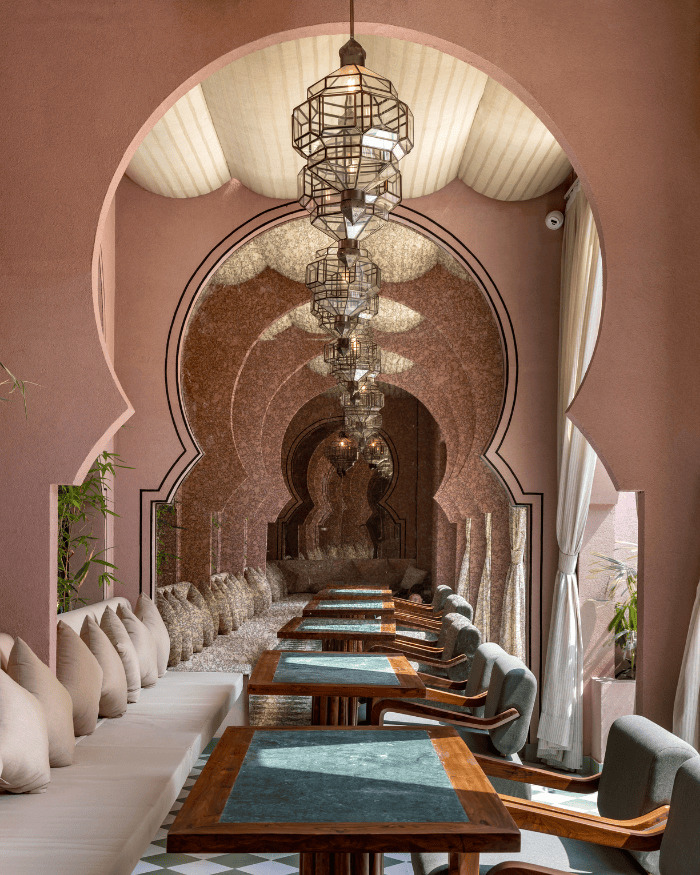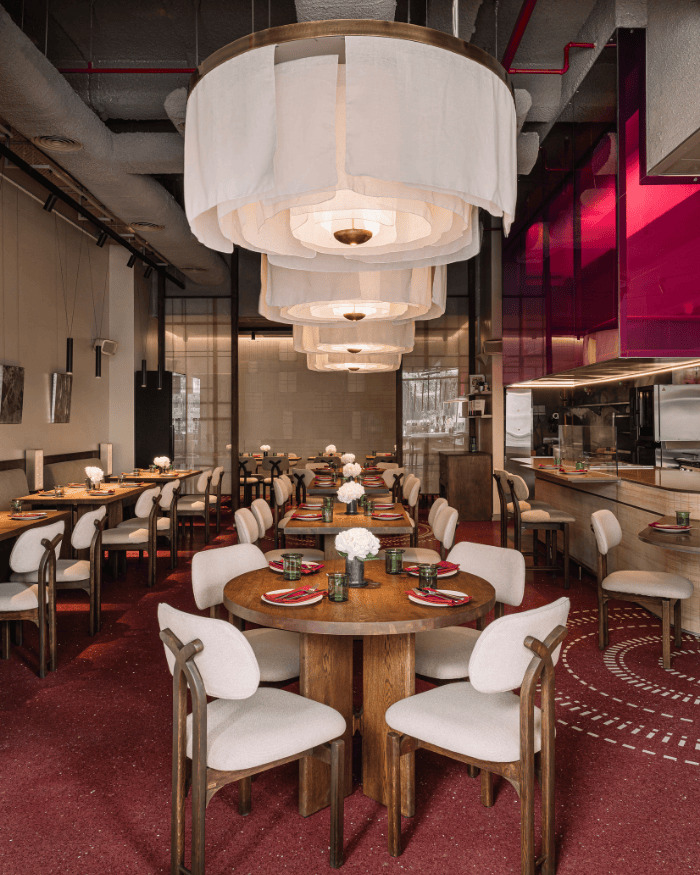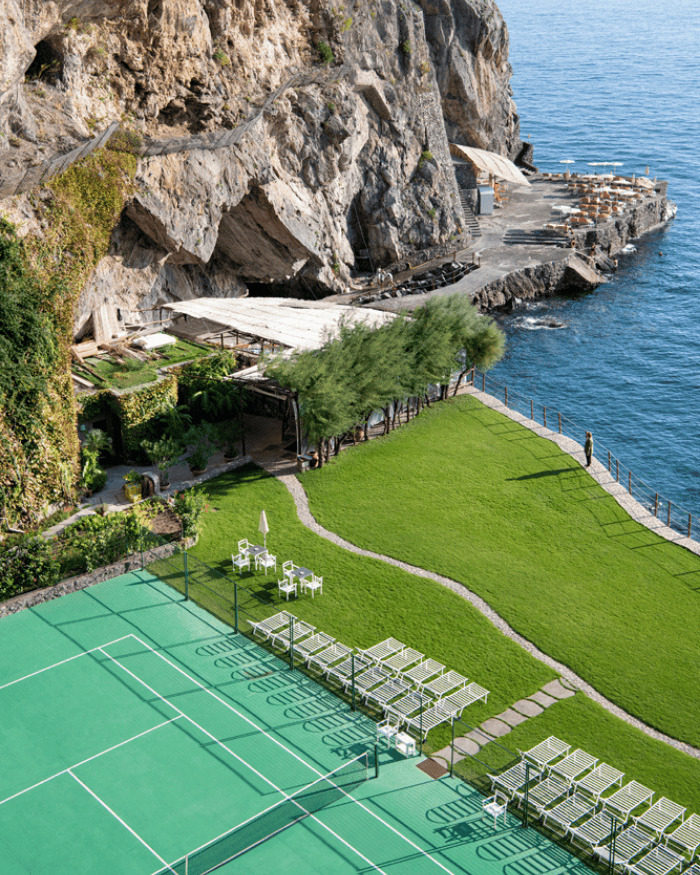On a quiet beach along the coast of northern China’s Bohai Bay, the UCCA Dune Art Museum is carved into the sand, where it gently disappears. Countless years of wind have pushed the beach’s sand into a dune along the shore several metres high, stabilised by low-rising shrubs and another ground cover. Inspired by children’s tireless digging, the museum lies beneath this dune.
“Digging” creates a series of interconnected, organically formed spaces, which resemble caves — the primeval home of man, where the walls were once a canvas for some of humanity’s earliest works of art. Hidden between the sea and the coast, the design of the Dune Art Museum is simple, pure, and touching.
The decision to create the art museum underneath the dunes surrounding it was born out of the deep reverence for nature and the desire to protect the vulnerable ecosystem, formed by natural forces over thousands of years. “The context was nature. Because of the museum, these sand dunes will be preserved instead of being levelled, as has happened to many other dunes along the shore”, explains Li.
The architects chose to leave the irregular texture of the formwork, so these traces of the manual construction can be read across the walls. Sustainability was also key to the project. A series of cell-like contiguous spaces accommodate the museum’s rich and varied programmes. These include galleries of different sizes and a café. After passing through a long, dark tunnel and a small reception area, space suddenly opens up as you enter the largest multifunctional gallery.
There, a beam of daylight from the skylight above silently yet powerfully fills the space. Looking through different openings framed by the building, museum-goers can observe the ever-changing expressions of the sky and sea throughout the day. A spiral staircase leads to a lookout area on top of the sand dune, guiding curious audiences from the dark recesses of the cave-like galleries to the vast openness above. Nestled between the water and land, the museum emerges as a secret shelter — with ever-changing expressions and elements, the sky and sea stimulate boundless creative energy.

